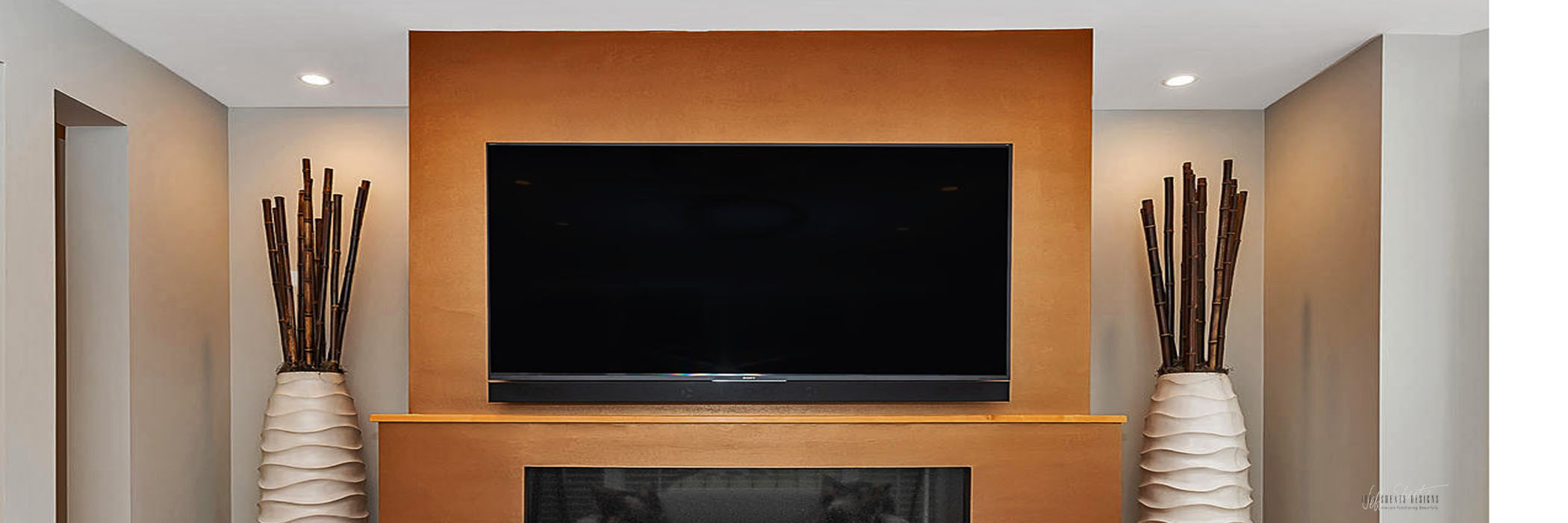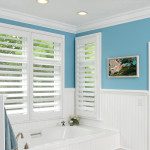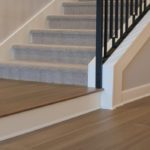Decorating with Flat Panel Televisions
The typical American household has the television running an amazing seven hours per day. As a professional residential interior designer, I am always responsible for investigating my client’s lifestyle and viewing habits and determining prominence and the placement of the television in their interior environments.
Not only does placement matter, but the installation of the flat panel TV integrated within a built-in or inside a furniture piece can be very tricky. Clients also like the clean look of wall mount flat televisions these days, but you then must consider the wiring and location to other critical components that drive the TV picture and sound such as the high definition DVR source box, the sound receiver, a BluRay DVD player, a computer and the like. If you choose to hang the TV on a wall, these components have to end up somewhere else, and not necessarily near the television.
With prices falling and more consumers purchasing flat panel televisions every day, these devices are having a tremendous impact in the interior design of our homes. Proper flat screen television specification and placement always begins within a great space plan for the room.
Create a Multipurpose Space Plan for Family Rooms
The real interior design tricks lie in how to purpose the space for comfortable and convenient viewing while allowing the room to function and serve other purposes as well. The absolute best way to do this within casual living spaces is to create a flexible seating plan that allows for TV viewing, but also for other activities when the TV is off. The worst space plan is having the television become the only focal point in the room where people just watch and not interact.
One idea is to keep the TV at a 90-degree angle to the primary window wall. This allows everyone to look out and enjoy the views and helps cut down on screen glare during sunny days. Sizing the proper TV to the room also helps. The general rule here is the viewing distance from seating to the TV is roughly two to three times the screen’s diagonal measurement. So a 40 inch screen is best viewed from 7 to 10 feet away.
Space planning should also consider the acoustics of the room. Many of today’s television viewing areas include a good quality surround sound system, now produced in 7 channels. Too much carpeting, upholstery and drapery textiles will absord the treble from the music, but can help offset the rumbling bass effects from movies. You need to balance this out by perhaps using wood floors and area rugs instead of broadloom wall-to-wall carpeting, and avoiding heavy draperies on every window.
When you are trying to create a multipurpose room, lighting also plays a key component. You should install dimmers for movie watching that also provide soft lighting for entertaining, and ample task lighting for reading. Recessed can lighting on dimmers in the ceiling, decorative reading lamps near every seat and accent lighting around the perimeter to highlight artwork and wall wash cabinetry works very well and creates a flexible atmosphere for all activities in the space.
Wall Mount It or Hide It?
Our old picture tube style and rear projection televisions took up an astronomical amount of floor space, usually within or on top of some type of cabinetry. Flat panel televisions are actually attractive even when not in use, so they do not necessarily have to be hidden inside some sort of expensive built-in or furniture piece. Wall mounting the TV in a thoughtful location and deleting all media storage furniture can create a cleaner aesthetic and free up money to bring in a professional A/V service for proper installation.
Ray Rice, President of Digital Sight and Sound, a Carmel, Indiana based professional A/V integrator states “Furniture pieces and built-ins are more difficult and time-consuming to wire to A/V equipment. It is much simpler to wire a remote rack of equipment to drive your television viewing experience. Obviously it is easier to prewire a new home during construction, but existing homes can more easily be accommodated as well these days.”
Other installation options include combining focal points of the television over a fireplace but there are very special considerations in doing so. You can also purchase more shallow furniture to hide the TV if your family always migrates to it and you want to hide it away from temptation. The furniture industry has responded with narrow lift systems inside attractive cabinets to allow you to lower the TV when not in use, which is especially useful at the foot of a bed. New furniture pieces also include low cabinets to allow the flat panel television to sit on top, with the A/V components neatly tucked away inside the cabinet.
Another huge impact of component space planning is the integration of the personal home computer and the television. Controlling the whole house via your iPhone and the internet is also a reality which requires additional equipment. Designing around all these components can be daunting, so consulting a team including a professional interior designer and A/V expert will always yield best results now and for the future of your home.
Please feel free to contact us via telephone at (317) 357-0155 with any questions about this material or to request more information about our services. Visit the It’s YouTM section on our website at www.jeffsheatsdesigns.com to learn more about the Jeff Sheats Designs, Inc. interior design process. We are your partners in interior design.



